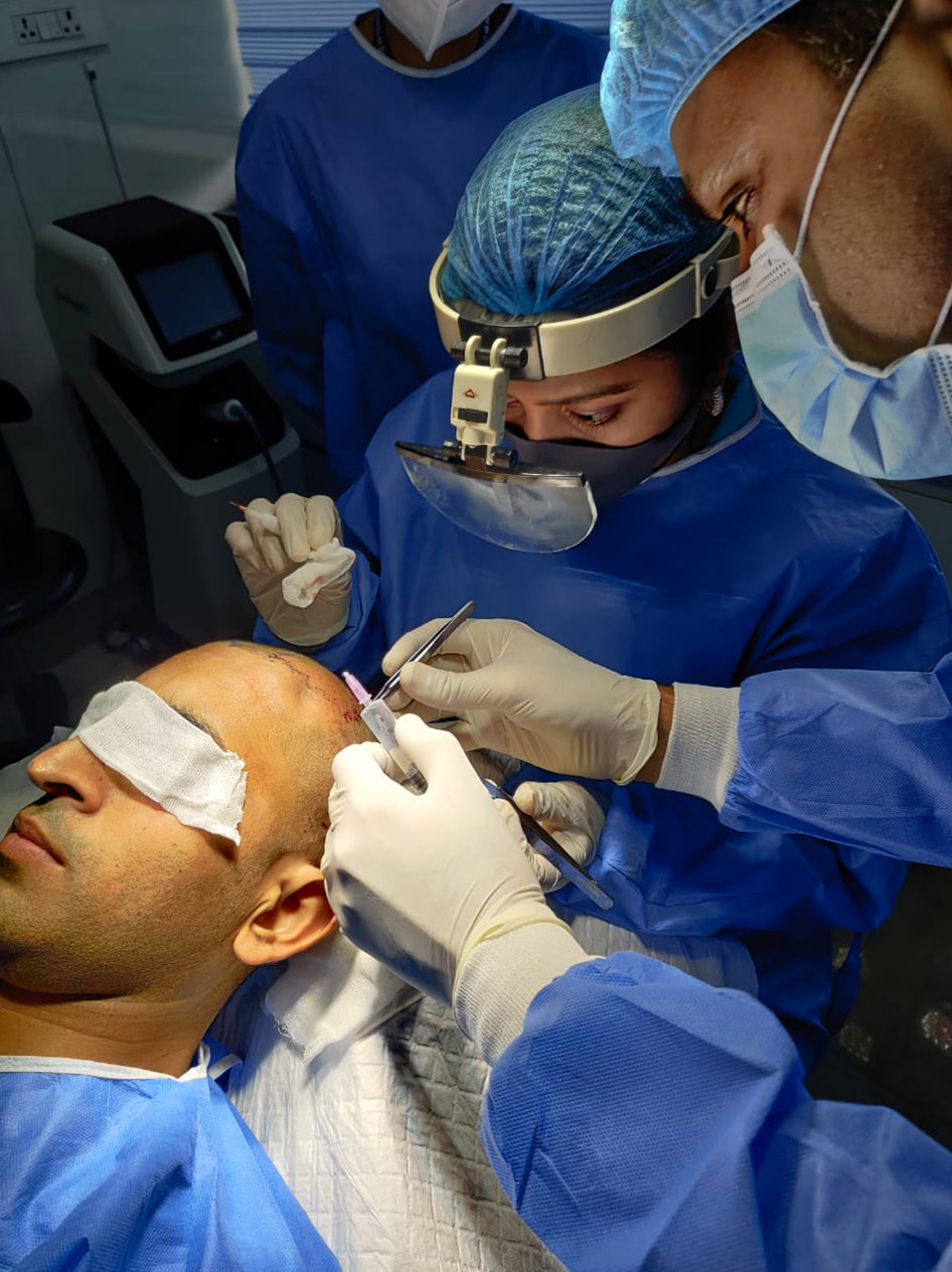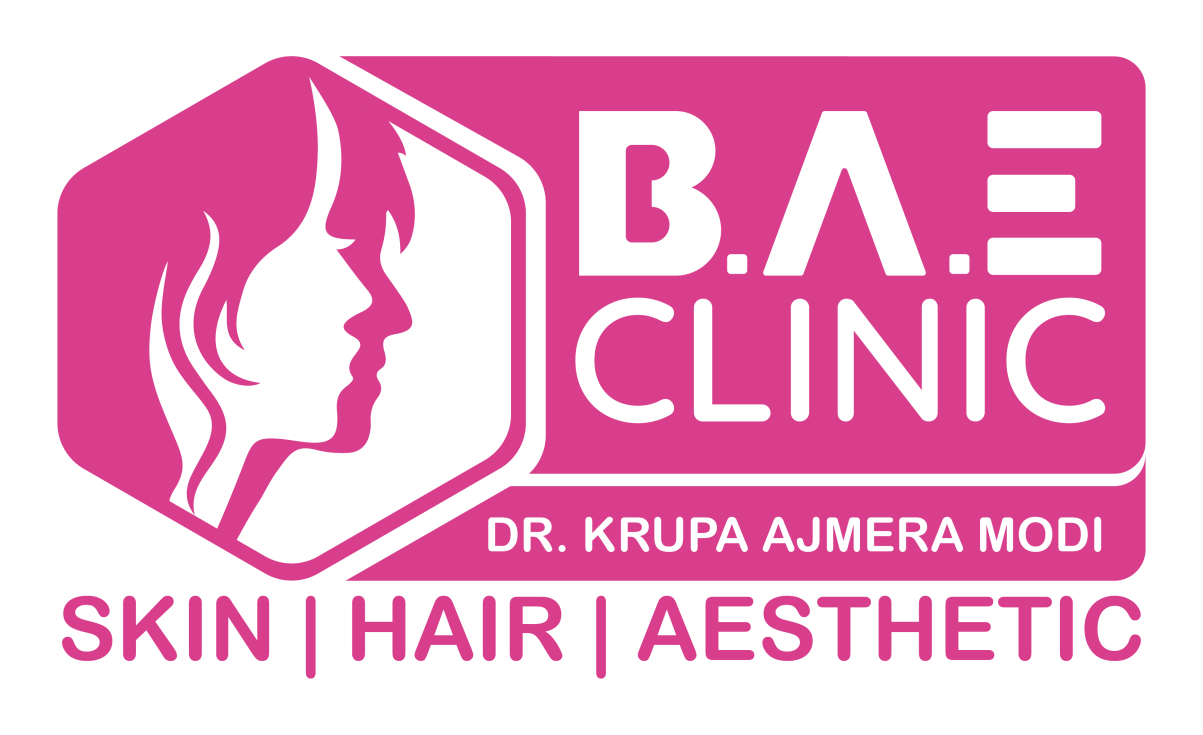
Dermal Fillers
Dermal filler injections are a type of nonsurgical cosmetic procedure. Dermal fillers plump up wrinkles, smooth lines and restore volume in your face.
Treatments

Hyaluronic acid (HA)
Hyaluronic acid (HA) is a naturally occurring acid in your skin. It gives your skin volume and keeps it hydrated. With age, your body stops making hyaluronic acid. Results from HA injections usually last six months to a year.

Calcium hydroxylapatite (CaHA)
Calcium hydroxylapatite (CaHA) is a type of filler that consists of a substance you have in your bones. Results from these fillers typically last around a year. Doctors use CaHA fillers for deeper wrinkles.

Poly-L-lactic acid (PLLA)
Poly-L-lactic acid (PLLA) is a substance that helps your body create its own collagen. Healthcare providers usually use poly-L-lactic acid to smooth deep wrinkles on your face. The results can last two years or more.

Polymethylmethacrylate (PMMA)
Polymethylmethacrylate (PMMA) fillers consist of collagen and very small balls that stay under your skin. The balls give your skin volume and keep it firm.
Procedure
- Dermal filler injections are non-surgical and typically completed in a visit.
- The surgeon will evaluate your area of concern and review your medical history.
- While the risks are minimal, you need to fully disclose your medical history prior to the treatment to ensure your safety and results.
- Before the actual treatment, the intended area will be cleaned, and a topical anesthetic will be given to numb the area to minimize any discomfort during your treatment.
- The cosmetic surgeon will then inject a precise amount of filler beneath the skin.
After Treatment
-
Depending on the product and the areas treated, you will be able to notice results immediately after the injection.
-
Some patients might experience mild bruising or swelling, which will subside over the days following.
-
You could go back to your normal activities right after the treatment, but will be asked to lay off from exercise or other strenuous activities.
-
To maintain the results, the treatment has to be simply repeated, adjusting the amount and techniques as necessary to ensure optimal results.
Risks or Complications
Serious complications are rare, and some of these side effects are only temporary. But as with any cosmetic surgery procedure, there are risks. They include:
- Bleeding, bruising, redness, pain and swelling.
- Damage to your skin, which can cause scars.
- Infection, which can lead to necrosis (death of the infected skin) in severe cases.
- Lumps or bumps under your skin.
- Numbness.
- Rash and itching.
Frequently Asked Questions
Who is suitable for dermal filler?
Dermal fillers are approved for specific uses in people aged 22 and older. Those uses include: Correcting moderate-to-severe facial wrinkles and skin folds.
What is the time required for the treatment?
The procedure takes just about 15 minutes depending on the extent and area under consideration for injecting.
